
WEARING SUBTLE HUES OF GRAY, BROWN, AND WHITE, with round little bodies and sweet expressions, juncos are among our most-beloved birds. Since they appear to carry gray storm clouds on their backs and white snow on their bellies, juncos are often referred to as snowbirds. But they also earn this nickname because of the cadence of their southerly migration. They fly into many areas just in time to usher in winter snows. The arrival of little flocks of juncos gives us something to look forward to, even if winter follows closely behind.
Juncos show a remarkable amount of variation from place to place. Their regional color forms were previously classified as separate species. Now, most have been combined under the name of the dark-eyed junco, but it’s still easy to recognize the differences in plumage. Depending on where you live, you might expect to see more than one variety of these fascinating birds.
The Most Widespread Junco
Of all the forms of juncos, the one with the widest range is the slate-colored type. Slate-colored juncos are found in summer across most of Alaska and Canada, south into the northeastern states and the Appalachians, and as far south as Georgia. In winter they are common from southern Canada to the Gulf states, mostly east of the Rockies but with a few scattered throughout the West.
Bu hikaye Birds & Blooms dergisinin December 2020/January 2021 sayısından alınmıştır.
Start your 7-day Magzter GOLD free trial to access thousands of curated premium stories, and 9,000+ magazines and newspapers.
Already a subscriber ? Giriş Yap
Bu hikaye Birds & Blooms dergisinin December 2020/January 2021 sayısından alınmıştır.
Start your 7-day Magzter GOLD free trial to access thousands of curated premium stories, and 9,000+ magazines and newspapers.
Already a subscriber? Giriş Yap
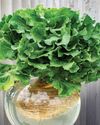
Basics of Hydroponics
Use these top tips and plant picks to have a successful soil-free garden
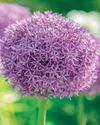
Rooted in Resilience
These hardy perennials will thrive in most zones
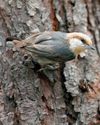
Social and Supportive
Brown-headed nuthatches take a helpful approach to raising their young

All About Owl Pellets
And why you should give a hoot about them
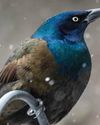
Ask the Experts
Advice from our pros about houseplants, bird feeding and more

BRING THE OUTDOORS IN
Making a terrarium is about as close as you can get to a Zen DIY project. Once you have gathered the proper materials and squared away your plant selections, it's as simple as layering it all together and watching your mini ecosystem thrive. Here, I'll walk you through my foolproof process and cover all the required elements for good filtration, healthy soil, strong root growth and resistance against fungus and disease.

GROW THIS. NOT THAT
Six easy-to-grow houseplants—and six that may not be the right choice for you
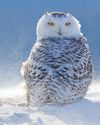
Winter MAGIC
Forecasts may be frigid, but grab your binoculars because birding opportunities are still incredible

Sense or Nonsense? - Why some birds can taste and smell - but others can't
Does a porcelain berry taste like a blueberry to a gray catbird? Does a block of lard smell like frying bacon to a northern flicker? The short answer is no. While some avian species do have a well-adapted sense of taste or smell, they can't distinguish between flavors and odors the way humans can. They're not picking up every ingredient in the suet you put out, says José Ramírez-Garofalo, an ornithology researcher at Rutgers University in New Jersey and the director of Freshkills Biological Station in Staten Island, New York.
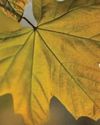
Maple Mania - Amazing facts about this fall foliage mainstay
Amazing facts about this fall foliage mainstay